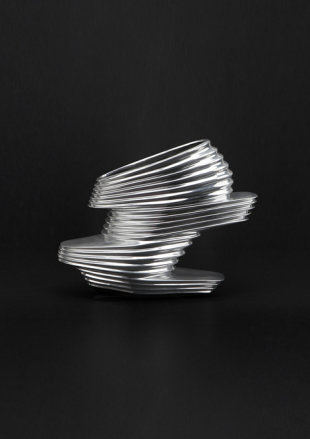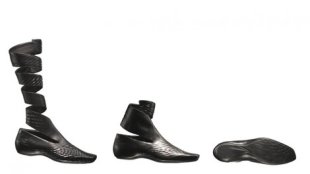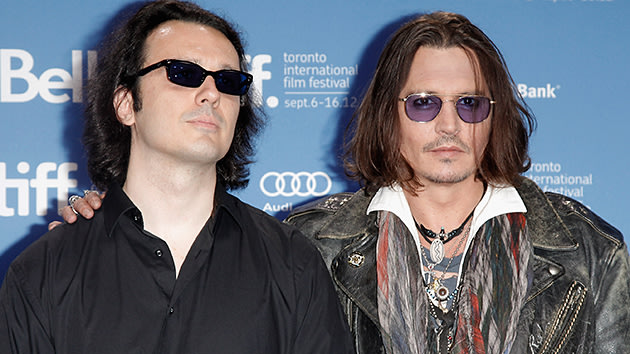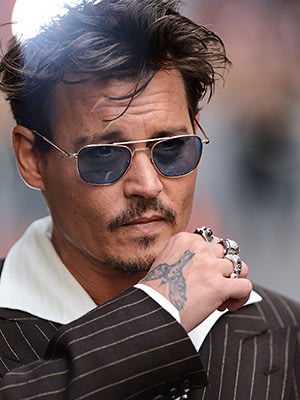
Zaha Hadid NOVA heels for United NudeA great shoe is all about design, so who better to create high heels than an acclaimed architect? Zaha Hadid, the Iraqi-British architect known for her futuristic buildings, has partnered with United Nude's creative director, architect Rem D. Koolhaas (the nephew of the great Dutch architect Rem Koolhaas), on some insane, space-age heels we can already picture on the feet of Lady Gaga.
The Scariest Shoes of All Time
The 6.25-inch NOVA heels appear to be heelless, but the architect claims to have engineered a comfortable shoe that you won't topple over in. The materials are equally creative, with the outside of the shoe using metallic chromed vinyl rubber in either silver, black, or rose gold. The result looks like something out of a sci-fi movie. The sole is rubber and contains a hidden platform and heel made of fiberglass, while luxurious Italian nappa leather lines the shoe's interior.
Zaha Hadid: You Don't Have to Be Polite to Succeed
"United Nude's collections are provocative yet sensual," Hadid said in a statement on the United Nude website. "Rem D. Koolhaas' unrelenting experimentation at the cutting edge of fashion never fails to capture our imagination. I have always appreciated those who dare to experiment with materials and proportions. Our collaboration with United Nude reinterprets the classic shoe typology; pushing the boundaries of what is possible without compromising integrity." To create the NOVA heels, the design duo apparently invented a new way of making shoes called "rotation molding," that United Nude claims has never been used before.
The unique footwear doesn't come cheap. Only 300 pairs of numbered, limited-edition heels will be made—100 in each color—and will sell for $2,000 a pair. You can preorder them now in sizes from 35 to 40 (US women's sizes 5 to 10) at the United Nude website, and they'll soon be available in select boutiques like L'Eclaireur in Paris. The price may be steep, but customers who cringe at copycats will be pleased with the product. The shoes are not exactly easy to knock off or mass-produce (ahem, Christian Louboutin).
"Zaha consistently reinvents the program with her own ideas and interpretations," said Koolhaas. "Her visionary creations are often unexpected yet reinforce their origins. I could not resist the challenge to work with Zaha. We gave ourselves the greatest degree of experimentation and used the latest digital design and manufacturing technologies to create one of the most innovative shoes ever produced."

Zaha Hadid made limited edition shoes for Lacoste back in 2009Hadid is not a new face in the fashion world. Back in 2008, she designed limited-edition shoes for the Brazilian footwear label Melissa, and in 2009 she made an aerodynamic shoe collection for Lacoste. The architect also created the asymmetrical Louis Vuitton Icone bag in 2006 and has designed jewelry for Swarovski on several occasions. In terms of structures, Hadid is the mastermind behind Chanel's Mobile Art Container in Hong Kong and even supermodel Naomi Campbell's








